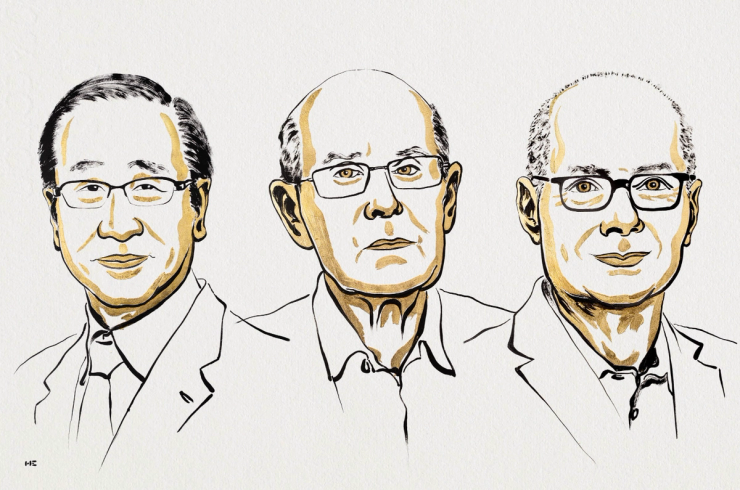The 2025 Nobel Prize for Chemistry was awarded for the creation of metal-organic frameworks, molecular structures that can capture CO₂, filter pollutants from water, or trap moisture from desert air.
Susumu Kitagawa, Richard Robson, and Omar Yaghi discovered that copper ions could be used to create a crystal with large cavities within it, which was porous to smaller atoms and molecules but blocked larger ones.
The materials act as customizable molecular sponges: The cavities can be made in different forms, allowing the sponges to capture or process different substances, and opening up enormous possibilities for environmental and industrial applications.


